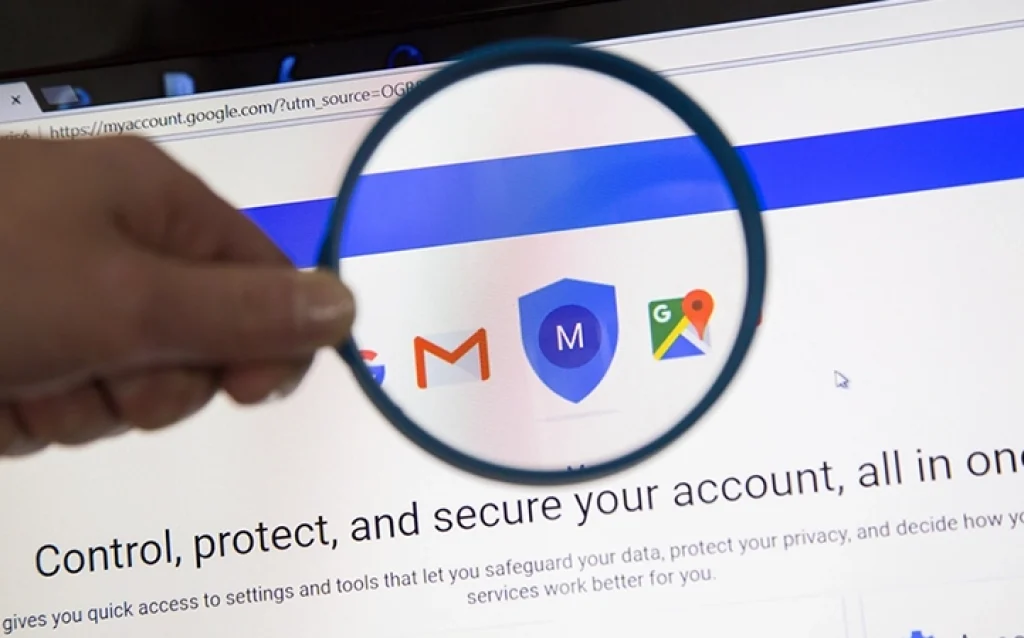Interactive content transforms passive website visitors into engaged leads by creating two-way conversations that capture attention and encourage participation. Unlike traditional static content, interactive elements like quizzes, calculators, and assessments give visitors a reason to actively engage, share information, and invest time in your brand. This dynamic approach to lead generation delivers higher conversion rates because it provides immediate value whilst naturally collecting contact details through an enjoyable experience.
What's your biggest challenge with lead generation right now?
Understanding interactive content for lead generation
Interactive content represents a fundamental shift in how businesses approach digital marketing and lead capture. Rather than presenting information in a one-way format, interactive experiences invite your audience to participate, explore, and discover personalised insights. This approach works brilliantly because it taps into our natural curiosity and desire for customised results.
Think about the last time you took an online quiz or used a calculator tool. You probably spent more time on that page than you would reading a standard blog post, right? That’s the magic of interactive experiences – they hold attention longer and create memorable moments that static content simply can’t match.
Have you ever completed an online quiz or used an interactive tool on a website?
When someone invests time answering questions or inputting data, they’re psychologically more committed to seeing the results, making them far more likely to share their contact information. The beauty of this approach lies in its ability to qualify leads automatically. As visitors engage with your interactive content, their responses reveal valuable information about their needs, preferences, and readiness to buy. This means you’re not just collecting email addresses; you’re gathering insights that help you understand exactly who your leads are and what they’re looking for.
Which types of visitor information would be most valuable for your business? (Select all that apply)
What is interactive content and why does it matter for leads?
Interactive content encompasses any digital experience that requires active participation from your audience. Popular formats include personality quizzes, ROI calculators, product configurators, interactive assessments, polls, surveys, and dynamic infographics. Each type serves a unique purpose in your content marketing strategy, but they all share one crucial characteristic: they transform passive consumption into active engagement.
The psychology behind interactive content’s effectiveness is fascinating. When we actively participate in something, our brains process and retain information differently than when we’re simply reading or watching.
Which type of interactive content sounds most appealing for your audience?
This phenomenon, known as the “generation effect”, means people remember information better when they’ve helped create or discover it themselves. For lead generation, this translates into stronger brand recall and higher-quality connections. Interactive elements also trigger what psychologists call the “investment principle”. Once someone starts a quiz or begins using a calculator, they feel compelled to complete it. This commitment increases with each question answered or field filled in. By the time they reach the results page, they’ve invested enough effort that providing an email address feels like a small price to pay for the personalised insights they’re about to receive.
Think about your current lead generation process. What's one specific improvement you'd like to make?
How does interactive content capture more qualified leads?
Interactive content excels at lead capture because it creates a natural value exchange. Instead of asking for contact information upfront with nothing in return, you’re offering personalised insights, recommendations, or results that visitors genuinely want. This reciprocal relationship feels fair and transparent, dramatically reducing the friction typically associated with lead forms.
The mechanics of interactive lead capture work through progressive profiling. Rather than presenting visitors with a lengthy form, you gather information gradually through the interactive experience itself.
How do you currently collect lead information on your website?
Each question answered or data point entered builds a richer profile of your lead. By the time they reach the point where you request contact details, you’ve already learned about their challenges, preferences, and needs. This approach also enables sophisticated segmentation. Based on how visitors interact with your content, you can automatically categorise them into different buyer personas or sales readiness levels. The data collection happens naturally within the context of providing value. When someone uses an ROI calculator, they’re willingly sharing budget information because it’s necessary to get accurate results.
What challenges do you face with your current lead collection methods? (Select all that apply)
What are the most effective types of interactive content for lead generation?
Different types of interactive content serve various purposes in your lead generation strategy. ROI calculators work brilliantly for B2B companies because they help prospects build a business case for your solution. By inputting their current costs and seeing potential savings, visitors create their own compelling argument for why they need your product or service.
Personality quizzes and assessments tap into our love of self-discovery. Whether it’s “What’s your marketing personality type?” or “How mature is your SEO strategy?”, these tools provide insights that feel personal and actionable.
Based on your business type, which interactive content format would likely work best?
Product configurators and recommendation engines excel at moving prospects closer to purchase decisions. By allowing visitors to customise solutions or receive personalised product suggestions based on their needs, you’re helping them visualise exactly how your offering fits into their world. This hands-on exploration builds confidence and reduces purchase anxiety. Interactive infographics and data visualisations transform complex information into engaging experiences. Rather than presenting static charts, you can create tools that let visitors explore data relevant to their industry or situation.
What's your primary goal for implementing interactive content?
How do you implement interactive content in your marketing funnel?
Strategic placement of interactive content throughout your marketing funnel maximises its impact on lead generation. At the awareness stage, lightweight tools like quizzes and polls work wonderfully to attract attention and begin building relationships. These should be fun, shareable, and focused on education rather than selling.
Moving into the consideration phase, more sophisticated tools come into play. Interactive assessments help prospects evaluate their current situation and identify gaps your solution could fill. Comparison tools and product selectors guide visitors through complex decision-making processes, positioning your brand as a helpful advisor.
Which stages of your marketing funnel need the most improvement? (Select all that apply)
For the decision stage, ROI calculators and detailed configurators prove invaluable. These tools help prospects build internal buy-in by providing concrete numbers and customised proposals. Implementing conversion optimization for interactive content requires careful attention to user experience. Keep initial interactions simple and gradually increase complexity as engagement deepens. Mobile responsiveness is crucial, as many users will encounter your interactive content on smartphones or tablets. Integration with your existing marketing technology stack amplifies the value of interactive content.
What's the biggest obstacle preventing you from implementing interactive content right now?
Key takeaways for boosting leads with interactive content
Success with interactive content for lead generation comes down to providing genuine value whilst making the experience enjoyable and effortless. Focus on solving real problems or answering pressing questions your audience faces. The more relevant and useful your interactive content, the more willing visitors will be to share their information.
Design plays a crucial role in the effectiveness of your engagement tools. Keep interfaces clean and intuitive, with clear progress indicators and compelling calls-to-action. Follow-up sequences deserve as much attention as the interactive content itself. Develop personalised email campaigns that build on the insights gathered during the interactive experience.





